| description |
A species with a fairly distinctive color pattern. Adults typically have reddish-orange or brown wing and body markings, though this can sometimes be a yellow color (the colors themselves are a result of the age of the hopper, with mature individuals being darker, redder in color). The key characteristic is the dark, almost black scutellum; this dark color often times extends onto the pronotum. Some individuals have a dark reddish-brown color pronotum that is still noticeably dark compared to the rest of the body; other individuals lack the dark color completely. The top of the head has two orange-red parallel submedial lines, often with a lateral branch (resulting in a circular pale spot to either side of the lines); the midline is pale. In individuals with a non-dark pronotum, there is a Y, V, or M-shaped mark; this mark is dark red, with yellowish-orange patches. The face and underside of the thorax are pale. The wing markings are not connected to one another. Adults are 2.7- 3.1 mm long. (3I)
For more images of this species, see: BG. |
| comments |
This species has several color varieties, one of which is known as 'insolita.' Individuals that lack any dark coloration on the scutellum and pronotum likely cannot be identified with analyzing a male specimen.
Dark individuals of this species could be confused with dark E. nigriventer. Nigriventer has a paler, less uniformly dark scutellum and pronotum, whereas [dark] individuals of ardens tend to have a uniformly blackish-brown scutellum that extends onto the pronotum. See ardens and nigriventer for comparison of specimens. |
Species Photo Gallery for Eratoneura ardens No Common Name |
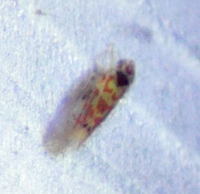 | Photo by: Kyle Kittelberger
Wake Co.
Comment: mixed hardwood forest habitat | 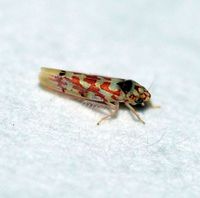 | Photo by: Paul Scharf
Warren Co.
Comment: Attracted To light. Warm evening, in low 50s degrees |
 | Photo by: Paul Scharf
Warren Co.
Comment: Attracted To light. Warm evening, in low 50s degrees | 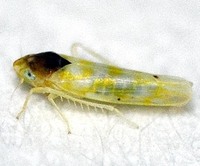 | Photo by: Paul Scharf
Warren Co.
Comment: Attracted to Black Light; younger adult |
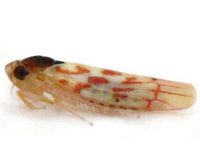 | Photo by: Kyle Kittelberger
Wake Co.
Comment: mixed hardwood forest habitat | 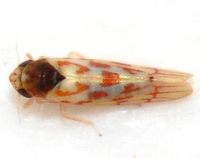 | Photo by: Kyle Kittelberger
Wake Co.
Comment: mixed hardwood forest habitat |
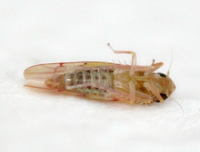 | Photo by: Kyle Kittelberger
Wake Co.
Comment: mixed hardwood forest habitat | 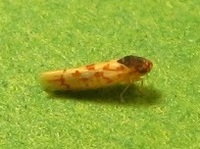 | Photo by: Ken Kneidel
Mecklenburg Co.
Comment: 2.7mm |
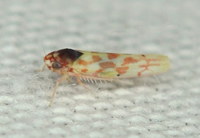 | Photo by: T. DeSantis
Durham Co.
Comment: ENRI |  | Photo by: Kyle Kittelberger
Wake Co.
Comment: |
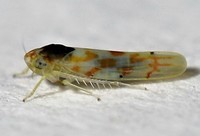 | Photo by: Rob Van Epps
Mecklenburg Co.
Comment: Came to UV light. Yard near woods. | 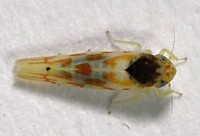 | Photo by: Rob Van Epps
Mecklenburg Co.
Comment: Came to UV light. Yard near woods. |
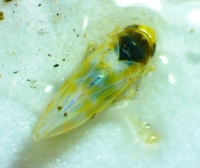 | Photo by: Ken Kneidel
Mecklenburg Co.
Comment: 2.5 mm male, dead, stuck in Tanglefoot on a tree band |  | Photo by: Ken Kneidel
Mecklenburg Co.
Comment: 2.5 mm male, dead, stuck in Tanglefoot on a tree band |
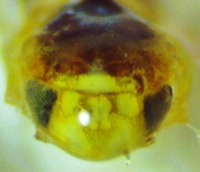 | Photo by: Ken Kneidel
Mecklenburg Co.
Comment: 2.5 mm male, dead, stuck in Tanglefoot on a tree band |  | Photo by: Rob Van Epps
Mecklenburg Co.
Comment: Attracted to UV light. Yard near woods. |
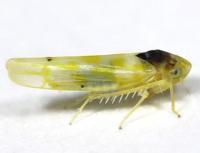 | Photo by: Rob Van Epps
Mecklenburg Co.
Comment: Attracted to UV light. Yard near woods. | 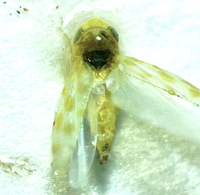 | Photo by: Ken Kneidel
Mecklenburg Co.
Comment: 2 mm, dead, stuck on a tree band on oak |
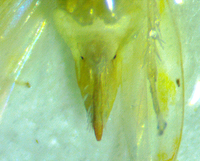 | Photo by: Ken Kneidel
Mecklenburg Co.
Comment: 2 mm, dead, stuck on a tree band on oak |

 »
»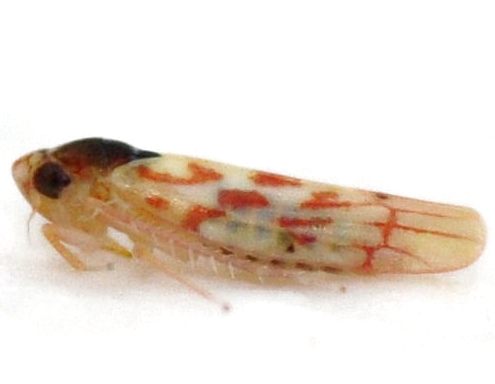
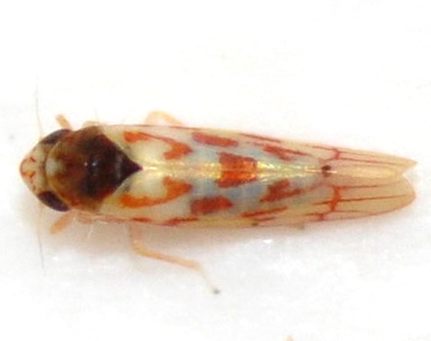

 »
»
